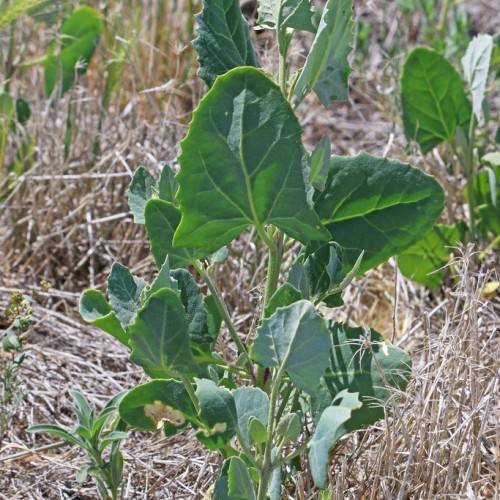
Russian Saltbush
Atriplex heterosperma
Watering:
Minimal
Hardiness Zone:
Sun:
full sun,part shade
Fruits:
Fruits Ready In
Leaf:
Yes
Growth Rate:
Low
Drought Tolerant:
Yes
Salt Tolerant:
Yes
Care Level:
Low
watering
Water Gmelin's Saltbush (Atriplex gmelinii) once a week with 2-4 ounces of water per plant. During the first growing season, water should be applied more frequently (at least every other day) to ensure that the roots establish themselves. During the warmer months, more water may be needed as this plant species requires moist soil to grow successfully. The soil should be tested for moisture content before watering to prevent over-watering and root-rot. Avoid wetting the foliage as this can cause disease such as powdery mildew.
sunlight
Gmelin's Saltbush (Atriplex gmelinii) grows best when placed in a sunny location that receives 6-8 hours of direct sunlight per day. The plant typically does not need supplemental lighting beyond what it receives from the sun. However, during the winter months the amount of sunlight received may lessen due to the shorter days. To ensure adequate light, it is recommended to provide Gmelin's Saltbush with supplemental lighting during the winter months.
pruning
Gmelin's Saltbush should be pruned in late spring through early summer. Pruning should be done sparingly and only enough to maintain the desired size and shape. Pruned branches should be thinned to half their original thickness. Remove any dead or diseased branches, and any branches that are crossed or damaged. When pruning, also remove any branches that are too close together or crossing over each other. When finished pruning, fertilize the plant to encourage growth.
